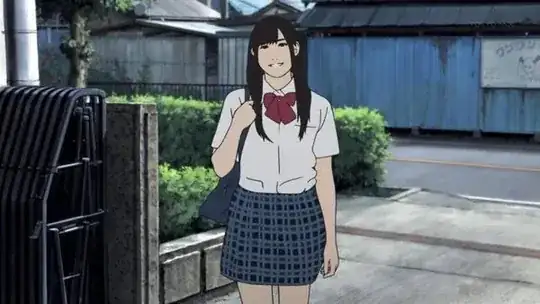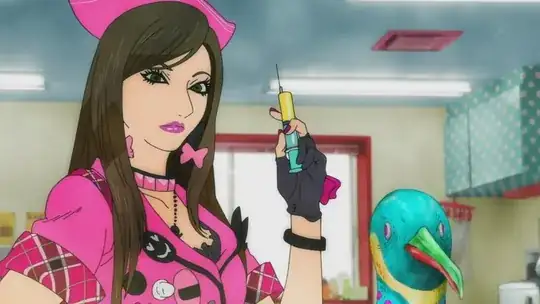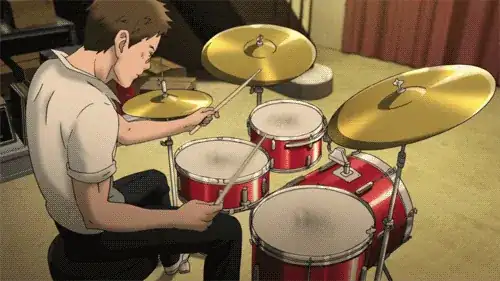In the anime version of Aku no Hana, the animators chose to use a technique called Rotoscoping:
Rotoscoping is an animation technique in which animators trace over footage, frame by frame, for use in live-action and animated films. Originally, recorded live-action film images were projected onto a frosted glass panel and re-drawn by an animator. This projection equipment is called a rotoscope, although this device was eventually replaced by computers.
This resulted in the animation looking more realistic and quite different from typical anime, as pictured below.

Online, I've seen both love and hate for the style, but I'm wondering: Have any Japanese animators commented on it? According to TVTropes, it has a bad reputation in the West with animators such as Richard Williams and Milt Kahl, but it makes no mention of Japanese animators.

